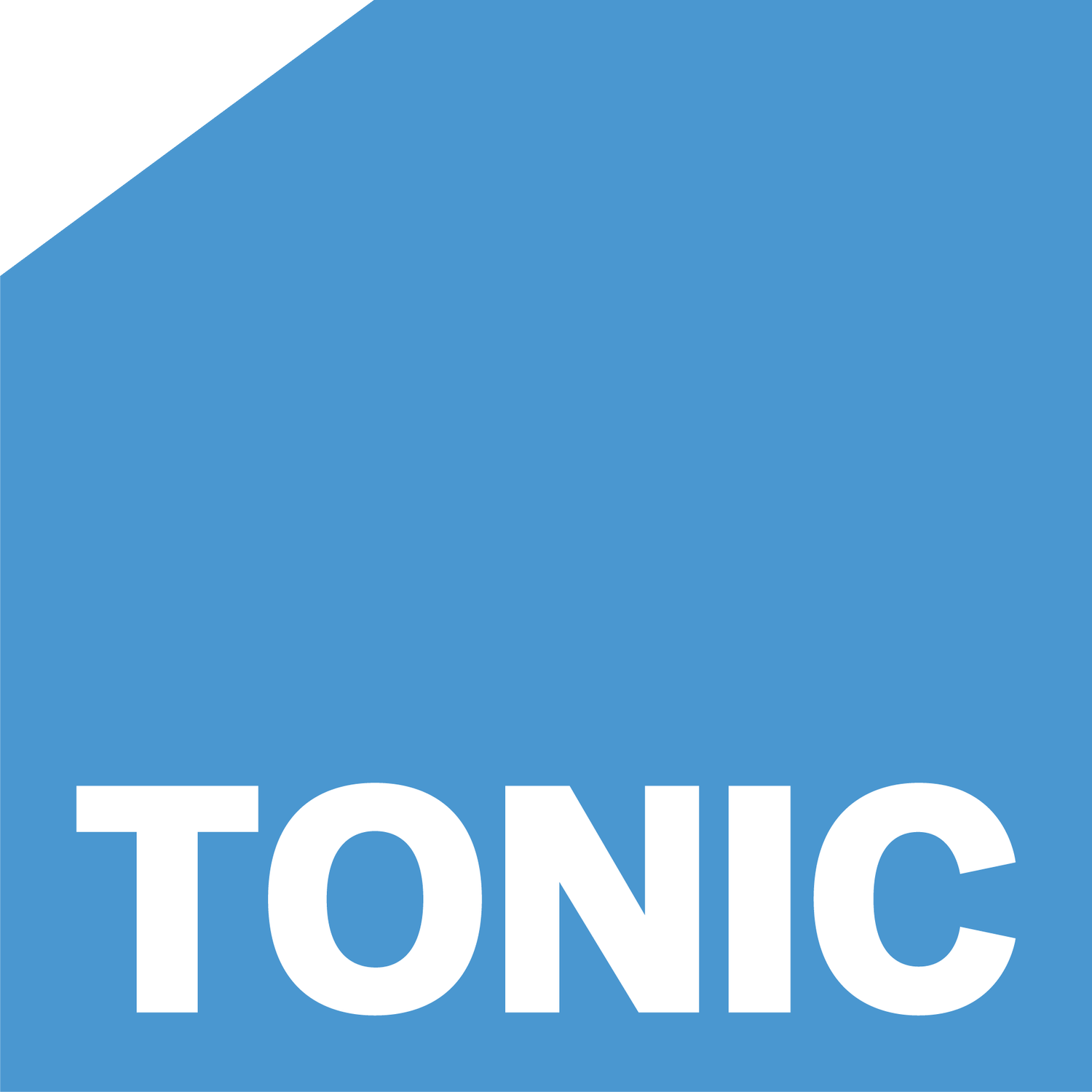
Food Standards Agency: The ‘May Contain Consultation’
Task
Current labelling legislation requires food products to indicate the presence of any of the 14 main allergens used as an ingredient or processing aid. Where there is a risk of unintentional allergen cross-contamination, and the risk cannot be sufficiently controlled, precautionary allergen statement should be used to advise the consumer and other businesses in the supply chain of the risk. This information can be communicated via precautionary allergen labels on pre-packaged food or on menus/signs when the food is not pre-packed, such as fruit and vegetables or in a restaurant.
Recent studies conducted by the FSA have found that while food-hypersensitive consumers, individuals with food allergies, intolerances, or conditions such as coeliac disease, appreciate precautionary allergen information, they can experience confusion as a result of the way this information is communicated. This is particularly the case with information regarding an unavoidable risk of allergen cross-contact, as wording tends to differ between products and this can, therefore, obscure the precise risk a label is attempting to portray.
It has been suggested that businesses require greater clarity in terms of the measures they need to take to protect their consumers; this concerns the measures that need to be taken to control the risk of allergen cross-contamination in the first place which in turn informs their labelling decisions. As such, TONIC worked in partnership with Basis Social to conduct research that would help inform future guidance on the use of precautionary allergen information.
Our Approach
TONIC conducted this consultation predominantly using an online survey, hosted on SurveyMonkey, that consisted of a series of both open and closed questions. There were four themes that these questions covered:
Information Provision to Consumers
Compliance
Advice and Training
Standards for Risk Analysis
TONIC received a total of 2,459 responses – the majority of which were received via the online survey, with several additional responses sent in by email. Of the 2,459 responses, 84% were provided by members of the public; 97% of whom either had a food hypersensitivity themselves or else cared for someone who did. Other responses came from businesses, Local Authority Food officers, scientists, academics or clinical professionals. Answers from the online consultation underwent both a quantitative and qualitative (thematic) analysis.
Alongside the online survey, 23 written responses were provided by business organisations, local authorities, health authorities, and consumer organisations. These were again analysed using the four consultation themes utilising the same thematic coding system as used for the survey.
Finally, TONIC held 13 virtual stakeholder workshops between 25th January and 17th March 2022. These sessions lasted approximately 2.5 hours and consisted of an initial introduction followed by discussions led by a moderator in small break out groups of 4-5 participants. These conversations were structured, considering stakeholder views of precautionary allergen statements in general, as well as the four aforementioned themes. The workshops were then analysed using a structured proforma in order to draw comparisons and group thematic issues in response to the consultation. Direct, anonymised quotations were also used to illustrate key findings.
Outcome
TONIC produced a comprehensive report detailing the findings of each of the four investigated themes collected from the online consultation, written responses and workshops. Alongside quantitative data displayed in graphs and statistics, the report also includes direct, anonymised quotes that give greater detail into the reasoning behind answers.
